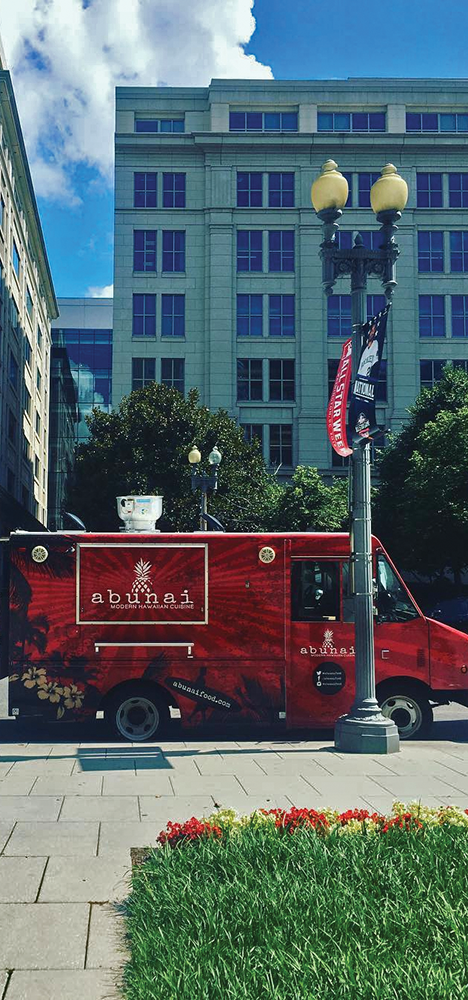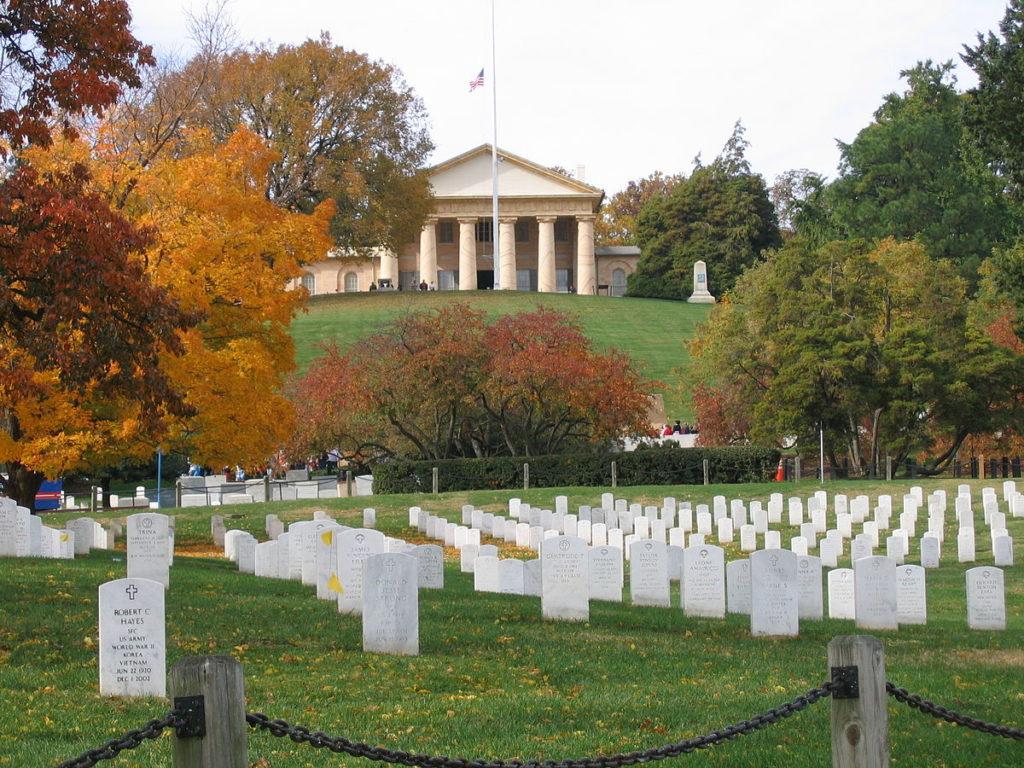Downtown Washington, D.C., has surprises for locals as well as tourists, and Foggy Bottom has more to offer District residents than just The George Washington University. These neighborhoods house quintessential D.C. destinations like the Kennedy Center and the Daughters of the American Revolution Constitution Hall, as well as lesser-known gems like Landmark E Street Cinema. A little exploring reveals Foggy Bottom and surrounding D.C. neighborhoods to be an enclave of entertainment, performing arts and cultural significance that speaks to the diverse aspects of life in D.C.
In the last decades of the 1800s, the Foggy Bottom area was dominated by the smokestacks and industry of companies like the Washington Gas and Light Company, and mainly populated by low-skilled workers and recent immigrants to the United States who lived in slums near the factories. The area earned its name from the mixture of fog and smoke from the factories that permeated the neighborhood. However, 1947 marked a distinct shift in the neighborhood’s character. That year, the Washington Gas and Light Company began dismantling its industrial plants, and the U.S. State Department moved to Foggy Bottom, resulting in the area’s transformation from an industrial quarter to a hub for white-collar workers.
Today, students fill the neighborhood’s sidewalks, and brick and beige stone buildings dominate the space of Foggy Bottom. Roughly bounded to the north by K Street and to the south and east by the parks of the National Mall, Foggy Bottom’s focal point is The George Washington University. Though GWU has an open campus, visitors can tell that they’ve entered the school’s territory the moment they go north of E Street. Academic buildings, dormitories and small plazas packed with students are interspersed with cafes and grocery stores. Food trucks line H Street next to the university’s dining facility.
Brittany Shepherd, a staff writer for the Washingtonian and a former student at GWU, explained that Foggy Bottom is more than an extended university campus, however.
“Foggy bottom isn’t a typical college neighborhood — it’s a white-collar working person’s area that just happens to have a college, too,” Shepherd wrote in a text message to The Hoya. “Because of that, there’s a good mix of fun, experimental spots like Beefsteak [an ironically named restaurant themed around vegetables] and Washington stalwarts like Founding Farmers [an upscale casual American restaurant].”
Northeast of Foggy Bottom is downtown D.C., which stretches roughly from 22nd Street to 9th Street and from P Street to H Street. Alongside office buildings and shopping centers, the area houses some of the District’s most impressive facilities for art and entertainment. Residents seeking a distinct film experience can venture east of the White House to find Landmark E Street Cinema, a destination for students seeking a dose of culture or late-night fun marked by its glowing art deco neon front. One of 52 venues across the nation owned by Landmark Theatres, E Street Cinema specializes in foreign-language and independent films and documentaries.
One weekend each month, the theater hosts midnight showings of “The Rocky Horror Picture Show” and Tommy Wiseau’s cult classic “The Room,” at which shouting the films’ famous lines and throwing spoons at the screen is encouraged. The concession stand’s beer and wine selection further enhance the moviegoing experience. Whether you’re looking for sophistication or laughs, E Street Cinema is worth a visit.
One of the most recognizable venues in Foggy Bottom is the John F. Kennedy Center for the Performing Arts. A large and imposing structure perched on the shore of the Potomac River, the Kennedy Center hosts both the Washington National Opera and the National Symphony Orchestra, which put on theater productions, ballets and jazz performances. The venue is free to enter, and students looking for an impressive view of the monuments and Georgetown can walk in and take the elevator to the top floor, where a panoramic esplanade grants 360-degree views of the river and city.
Initially approved under President Dwight D. Eisenhower as the National Cultural Center in 1958, the center was renamed in 1964 by President Lyndon B. Johnson to pay homage to President John F. Kennedy, who was assassinated just months after signing legislation to expand its resources. Though the center was established over half a century ago, the historic site still brings all mediums of entertainment and education to D.C.’s culture.
This November, the WNO is showing Pulitzer Prize-winning opera “Silent Night.” Though some may be hesitant to watch an old-fashioned style of performance, Sabrina Skacan, senior press representative of the WNO, believes that opera can appeal to everyone.
“There’s a mystique and stereotype that opera only appeals to an older age group, but younger audiences can relate to the human journey of its storylines: love, sex, tragedy, death, betrayal, etc,” Skacan wrote in an email to The Hoya. “Today’s entertainment landscape is busy with so many options from binging to mobile but a lot of that is a singular activity. Getting dressed up, going to happy hour and joining new friends at the opera is highly suggested!”
Skacan thinks that “Silent Night,”which depicts the unofficial Christmas truce of World War I, holds particular appeal for college students because of its emphasis on learning.
“I think college students will appreciate the historic aspect of the opera and appreciate the humanity of learning that we have more in common with each other than what divides us, if we’re willing to listen,” Skacan wrote.
The NSO continually updates its performances and accommodates new tastes and audiences; its upcoming performances include traditional symphonies like Gustav Mahler’s “Symphony No. 1,” as well as more modern performances like the “NSO Pops” series, in which the orchestra plays exclusively popular music.
Another iconic performance venue in the area is the Daughters of the American Revolution Constitution Hall, a National Historic Landmark Building identifiable by its impressive neoclassical facade and grand stage. Founded in 1928, DAR Constitution Hall boasts the largest auditorium in D.C. and hosts various events and concert tours. Some of its most popular performances include free annual holiday concerts by the U.S. Army, Air Force and Navy bands. In 2019, DAR Constitution Hall will host singer Sarah Brightman’s world tour “Hymn: Sarah Brightman In Concert” and the Clintons’ speaking tour, “An Evening with President Bill Clinton and former Secretary of State Hillary Rodham Clinton.”
Offbeat entertainment venues, historic performance centers and classic dining spots make downtown D.C. and Foggy Bottom must-visit destinations for visitors and locals alike. Hop on a bus from Wisconsin Avenue and start exploring one of D.C.’s hubs for entertainment and performing arts.
Foggy Bottom can be reached by a 30-minute walk from Georgetown University or by taking the Metro to the Foggy Bottom-GWU stop.












